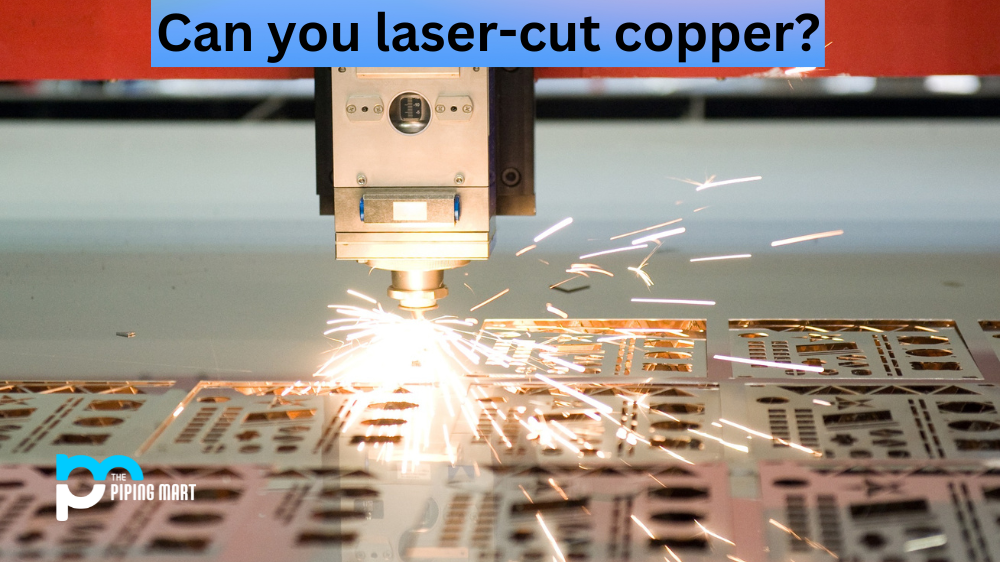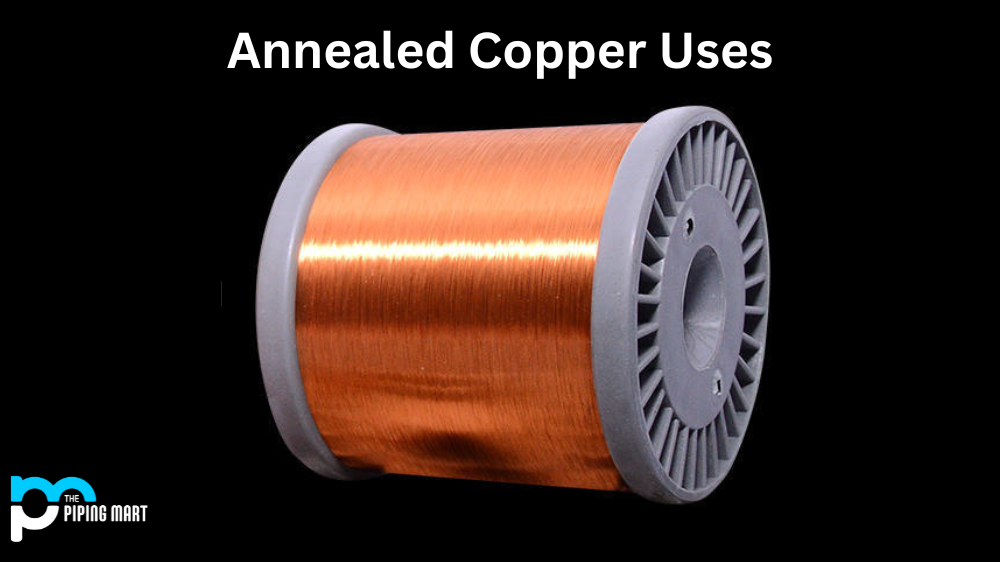When it comes to metal fabrication, laser cutting is one of the most versatile and useful techniques. But what about laser cutting copper? Is it possible? The answer is yes! Copper can be laser-cut with precision and accuracy, making it a great choice for many applications. Let’s take a look at why copper is such an ideal material for laser cutting and how the process works.
Why Copper Works Well With Laser Cutting
One of the main reasons copper is so often used in laser cutting projects is its strength and durability. Laser cutting creates beautiful, intricate designs that can withstand a lot of wear and tear. Plus, copper has a high corrosion resistance, which means it won’t corrode easily over time. This makes it an ideal material for projects that require long-term durability or exposure to the elements.
In addition, copper has excellent heat conductivity, which makes it easy to handle during the laser-cutting process. With other materials, such as aluminum or steel, heat can build up quickly when exposed to the high temperatures of the laser beam. But with copper, this isn’t an issue because it dissipates heat more effectively than other metals. This allows for more precise cuts and higher levels of detail in your design.
The Process of Laser Cutting Copper
Laser cutting involves using a powerful beam of light directed through optics to accurately cut materials like metal into complex shapes with extreme precision. When it comes to working with copper specifically, there are certain steps you need to take before you start the actual process of cutting. First off, you need to prepare your workpiece by cleaning off any oils or dust particles on its surface using an appropriate solvent or cleaner. This will ensure that no residue remains that could potentially interfere with the laser beam’s accuracy during the cutting process. From there, you’ll need to set up your machine according to your desired settings—including power output level and speed—before finally beginning your cut.
Once everything is ready to go, all you have to do is hit “start” on your machine and watch as your laser cutter gets to work transforming raw sheets of copper into whatever shape you desire! Afterward, all you have left to do is perform some basic post-processing tasks, such as deburring edges and sanding down any rough spots, before calling your project complete!
Conclusion:
Laser cutting copper offers many benefits for metal fabrication projects due to its strength and durability as well as its superior heat conductivity compared to other metals like aluminum or steel. By following a few simple steps—including preparing your workpiece beforehand—you can create stunning designs with ease using this method! Whether you’re looking for intricate details or just want something unique yet durable in nature, consider giving laser-cut copper a try!

Meet Bhavesh, a seasoned blogger with a wealth of knowledge and experience. From metal products manufacturing to retail, Bhavesh has a diverse background in various industries and is dedicated to sharing his insights and expertise with readers.




